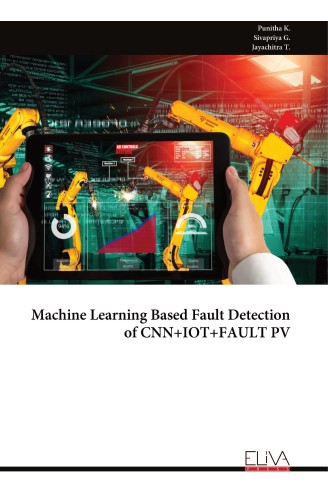Description
Leave review
Description
This research presents a unique machine learning model based fault diagnosis and detection method for a 33 KW solar PV system at P.S.R. Engineering College, Sivakasi. The real-time data from the PV system for five years, covering 23,000 instances of eight types of faults such as Cell Cracks or Hot Spots, Partial Shading, sensor fault, Module failure, Ground Faults, Communication Errors, Environmental Factors, Grid Connectivity Issues are collected. CNN is applied to the data and analyzed their performance in terms of accuracy, precision, and standard deviation (SD) score. It is found that CNN achieved the best results, with an accuracy of 98.7% a precision of 95%, a recall of 98%, and an F1 score of 96.5%.Therefore, CNN is used as the fault prediction also. The model is implemented using Python programming language and demonstrated its effectiveness on test cases. The smart data gathering system was achieved utilizing an ESP32 node with several sensors. The obtained data was stored in an authorized Google Sheet and compared to predetermined threshold ranges. When any parameter deviates from its threshold value, the ESP32 node starts a cooling and dust cleaning procedure with a water pump and drip pipe configuration. If the divergence persists, the ESP32 node activates a camera to capture an image of the panel and sends it to the Google Sheet via a connection for further analysis and fault correction.




